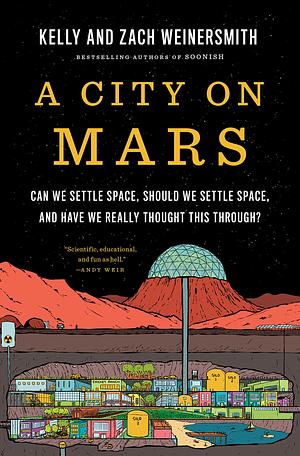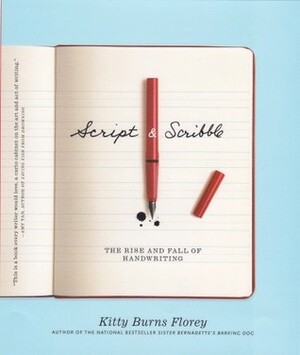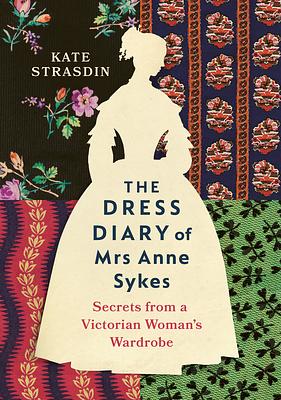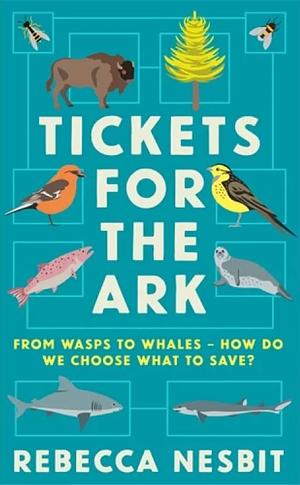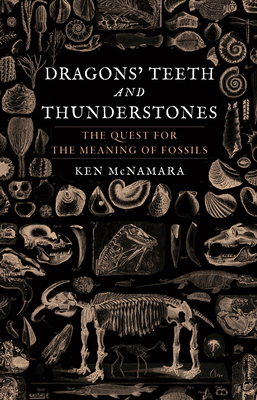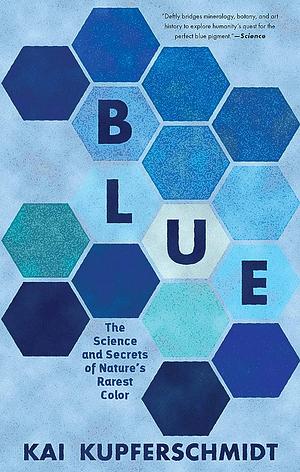
Blue: The Science and Secrets of Nature's Rarest Colour
by Kai Kupferschmidt
Genres: History, Non-fiction, SciencePages: 224
Rating:

Synopsis:Blue is the most widely beloved color—but in nature, it’s the rarest hue of all. True, physics paints the sea and sky blue, but we can’t bottle this trick of the light. And blue pigment requires such complex chemistry that blue creatures, plants, and minerals are few indeed. Artists and kings have treasured blue dye like precious gold since the time of the pharoahs—and who today can help but marvel at a morpho butterfly in the rain forest or a blue jay at the window?
Science journalist Kai Kupferschmidt has been enraptured by blue since childhood. In his quest to understand the mysteries of his favorite color, he takes readers on a vivid journey—from a biotech lab in Japan and a volcanic lake in Oregon to his native Germany, home of the last blue-feathered Spix’s macaws. Deep underground where blue crystals grow, and miles overhead where astronauts gaze at our “blue marble” planet—wherever he finds this alluring color, it always has a story to tell.
Kai Kupferschmidt’s Blue is a book-length meditation on all things, well, you guessed it. It discuss blue as a pigment, blue as a historical and cultural thing, blue in linguistics, blue in plants, blue dye… you name it, it discusses it. Kupferschmidt is fascinated, and he’s sharing the journey, and along the way he explains some complex things very succinctly and clearly.
The book is also beautifully illustrated, all in colour, and has a section with further reading and sources, including image sources. All-in-all, beautifully presented and a joy to read — exactly the kind of curiosity I enjoy, zooming in on one subject and unravelling the things that touch it.
It’s shorter than it looks, given the illustrations and the full pages printed blue; I’d say it’s meant to be an object you enjoy looking at as much as anything else. I sped through it!
Rating: 4/5

